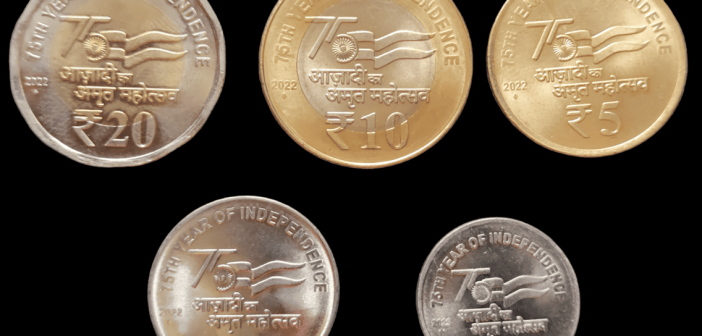For many Indians, a quick trip to the market used to involve a familiar jingle in their pocket – the reassuring clink of coins readily identifiable by size and weight. However, the recent introduction of new coins in denominations of Rs 1, Rs 5, Rs 10, and Rs 20 has thrown this system into disarray. Shoppers and shopkeepers alike now find themselves fumbling, squinting, and desperately comparing coins to avoid the embarrassment of mistaken transactions. This article delves into the confusion surrounding the new coin sizes, exploring the reasons behind the change, highlighting the challenges it poses, and suggesting potential solutions.
The Rationale for New Coins
The Indian government’s stated reasons for introducing new coins are twofold. Firstly, to address the issue of counterfeiting. The older coins, particularly those in smaller denominations, were susceptible to forgery due to their simpler designs and lack of security features. Secondly, the new coins are made from less expensive metals, aiming to save on production costs amidst rising metal prices.
The Problem with Perception
While the government’s intentions seem sound, the execution has fallen short. The primary concern lies in the confusingly similar sizes of the new Rs 1, Rs 5, and Rs 10 coins. All three coins are nearly identical in diameter, differing only slightly in thickness. This minute difference is difficult to discern, especially in a hurried transaction or for individuals with visual impairments. Adding to the confusion is the new Rs 20 coin, which shares a similar diameter with the Rs 10 coin, but is significantly thicker.
The Fallout: Frustration and Errors
The consequences of these poorly differentiated sizes are manifold. Customers often end up receiving incorrect change, leading to frustration and arguments. Shopkeepers, particularly those handling a high volume of transactions, face the constant risk of inadvertently accepting counterfeit coins or giving out the wrong denomination. This can lead to financial losses and erode trust between buyers and sellers.
Beyond the Immediate: Hygiene and Accessibility Concerns
The new coins also raise concerns regarding hygiene and accessibility. Made from a combination of steel and nickel, the new coins are heavier and hold onto heat for longer than their brass counterparts. During hot weather, handling these coins becomes uncomfortable, prompting some to avoid using them altogether. Additionally, visually impaired individuals, who often rely on size and weight to differentiate coins, face significant challenges with the new system.
A Look at International Standards
Many countries with well-established coin systems follow a clear size hierarchy for different denominations. For example, in the United States, the diameter of a penny is significantly smaller than a nickel, which in turn is smaller than a dime. This approach makes coin identification quick and easy, minimizing confusion and errors.
Moving Forward: Solutions for a Smoother Transaction
Addressing the current predicament requires a multi-pronged approach:
-
Redesign and Reissue: The most impactful solution would be to redesign the coins, ensuring clear size differentiation between denominations. This may involve changing the diameter or thickness more significantly.
-
Public Awareness Campaigns: The government needs to launch extensive public awareness campaigns to educate people about the new coins, their security features, and how to differentiate them. These campaigns should be disseminated through various channels, including television, radio, print media, and social media.
-
Improved Minting Technology: Investing in advanced minting technology can create coins with easily identifiable characteristics such as raised edges or specific textures. This would be particularly helpful for visually impaired individuals.
-
Promoting Digital Payments: While not a complete solution, promoting digital payment options like UPI and mobile wallets can help reduce reliance on physical cash, particularly for smaller transactions.
A Call for Clarity and Consideration
The current situation with the new coins highlights the need for a more user-centric approach to currency design. Inconvenience and frustration have replaced the ease and efficiency of the previous system. By prioritizing clarity, accessibility, and public education, the government can ensure that the transition to new coins goes smoothly, benefiting both citizens and the economy as a whole. Only then can the reassuring jingle of coins in one’s pocket return, not as a source.





